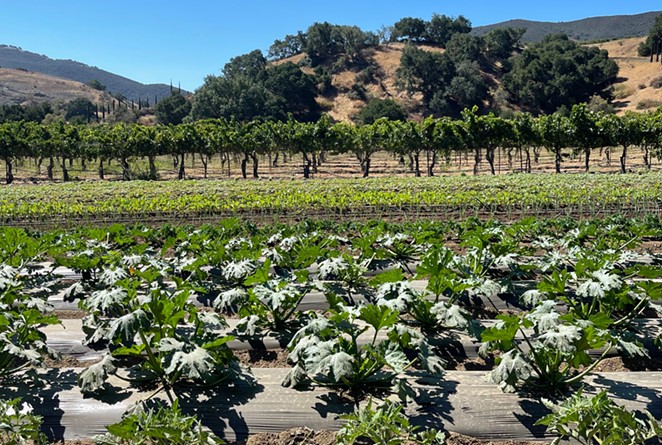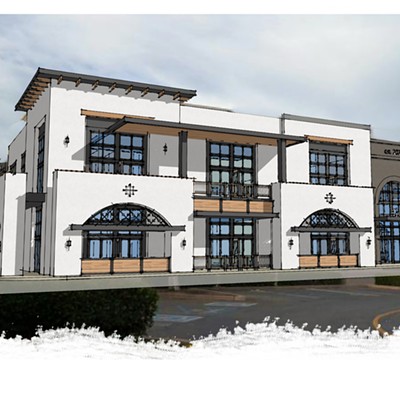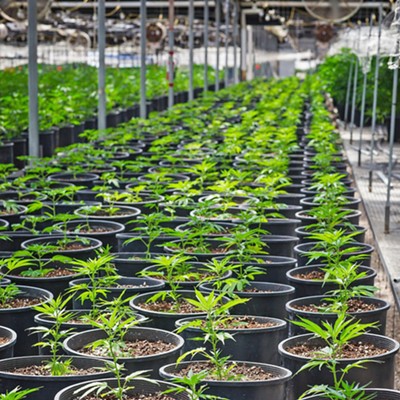Santa Barbara County is moving an ordinance forward that would expand some allowed uses or activities on agriculture land in an effort to ensure long-term financial sustainability for the industry, 3rd District Supervisor Joan Hartmann told the Sun.
“I am very concerned about the resilience of agriculture under the conditions of climate change and what this can mean to agriculture in our county and specifically for large parcels,” said Hartmann, who represents agricultural communities in the Santa Ynez and Lompoc valleys.
Ideas for expanded use first came up in the Gaviota Coast Plan—which was finalized in 2018 and allowed for some land owners to create farm stands among other ways to support themselves in an expensive area.
“Then people started saying, ‘If we are doing that in Gaviota, why can’t we extend that throughout the county because we would like to do the same thing?’” she said.
In 2021, the Planning and Development Department had meetings to figure out where the Gaviota Coast Plan fell short in order to expand more opportunities countywide, Hartmann said. After hearing feedback from agricultural communities, the county landed on four different opportunities for its ag enterprise ordinance: farm stands, farm stays, food service for wineries, and special events.
The first opportunity in the ordinance allows farmers to make commercial income by selling fruit and vegetables, small-scale food processing, aquaponics, composting, firewood chopping and sales, and lumber milling, Hartmann said.
Farm stays—the second opportunity—were on track within the Gaviota Coast Plan but it was tabled because of the county’s strict policy on short-term rentals; however, this ordinance would allow smaller agricultural landowners (Ag 1 zoning) to rent out rooms on their property as long as the landowners are on the property.
“Santa Barbara County greatly values and tries to continue ag on ag lands, we don’t want to open the floodgates to lots of other things … but we do think it’s another way of capturing value on the land and to allow educational opportunities for people who are really hungry to learn,” Hartmann said.
In an effort to continue a COVID-born policy, Santa Barbara County included a measure in its ordinance that allows wineries to continue serving food at their properties permanently—something the county never allowed before, she said.
“COVID provided the opportunity to experiment with that, and we found that there are a lot of advantages to having food with wine,” Hartmann said.
The last policy the county developed in its ordinance would allow agricultural landowners to host private events like farm-to-table dinners, allow trail use, provide educational opportunities, and “small-scale camping” on their properties, she said.
Small-scale camping would allow people to come onto a ranch or vineyard, pitch a tent or bring in their trailer, and spend a few nights on a landowner’s property, and it was something the agriculture community was interested in learning more about during the scoping process, Hartmann said.
“It’s good for the landowner because they don’t have to invest in a lot of infrastructure so they don’t have to experiment and see if it works,” she said. “For larger parcels, people might want to bring their horse trailers and have a permit for trail running or hiking on the land.”
Claire Wineman, president of the Santa Barbara and SLO County Grower-Shipper Association, told the Sun that the association appreciates the opportunity to expand agricultural economic opportunities, but wanted to be mindful that the benefits outweigh any unintended consequences.
“I think the things we’ll be looking at more closely are the recreation and tourism activities,” Wineman said. “When you have events or overnight accommodation, we would want to make sure that it’s implemented in a mindful way, that’s appropriate, and makes sure agriculture is still a primary economic activity.”
Food safety concerns also came to mind when having tourists or people on agricultural properties, and Wineman added that she would like to see rules put in place to ensure the produce still meets safety standards and additional buyer requirements.
When tourist-oriented activities are introduced to industrial places of work, there’s always the challenge of seeing if it’s a one-size-fits-all policy, Wineman added.
“A lot of this was coming out of the Gaviota Coast Plan to create additional economic opportunities, but having a single ordinance countywide doesn’t look at the individual facts and circumstances,” she said. “We’re supportive of diverse agriculture needs throughout the county and want to make sure that if it moves forward, it doesn’t inadvertently create conflict with agriculture uses and leaves room for innovation and meets regulatory constraints.”
While there isn’t a specific date, Hartmann said she hopes the review process will be completed this year. Find the draft ordinance and hearing dates at countyofsb.org/728/agricultural-enterprise-ordinance. Submit comments to [email protected] before Sept. 14 at 5 p.m.











